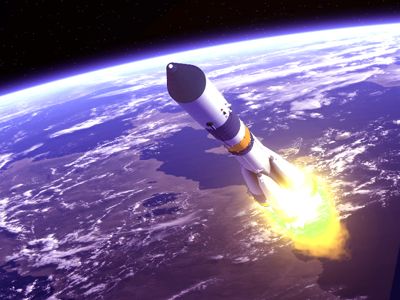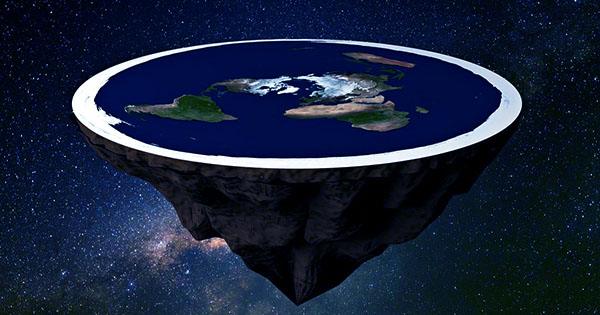Space exploration is the investigation of the cosmos beyond the upper regions of the Earth’s atmosphere using telescopes, satellites, space probes, spacecraft, and associated launch vehicles. It is the use of astronomy and space technology to explore outer space. It is the investigation, by means of crewed and uncrewed spacecraft, of the reaches of the universe beyond Earth’s atmosphere and the use of the information so gained to increase knowledge of the cosmos and benefit humanity. While the exploration of space is carried out mainly by astronomers with telescopes, its physical exploration though is conducted both by unmanned robotic space probes and human spaceflight.
Space exploration is the physical exploration of outer space, both by human spaceflights and by robotic spacecraft.
Space exploration, like its classical form astronomy, is one of the main sources for space science. Achieving spaceflight enabled humans to begin to explore the solar system and the rest of the universe, to understand the many objects and phenomena that are better observed from a space perspective, and to use for human benefit the resources and attributes of the space environment.

The first human to orbit the earth, Soviet cosmonaut Yuri Gagarin, returned safely from space in April of 1961. The U.S. astronaut John Glenn followed with a similar mission the next year. These flights, and the many that followed, helped to transform the human perspective of the earth and its place in the universe, just as the unmanned missions were doing. Countries with space programs are increasingly investing in down-to-earth space applications (e.g. telecommunications, earth observation) for strategic and economic reasons.
Space exploration is the investigation of interplanetary or interstellar space, its properties, biology, and the bodies that exist within it. While the observation of objects in space, known as astronomy, predates reliable recorded history, it was the development of large and relatively efficient rockets during the mid-twentieth century that allowed physical space exploration to become a reality.
Space sciences and planetary missions have developed markedly over the years, with new actors joining in. Common rationales for exploring space include advancing scientific research, national prestige, uniting different nations, ensuring the future survival of humanity, and developing military and strategic advantages against other countries. This trend is reflected in the current and planned robotic exploration missions of the solar system, in which the United States, Europe, Japan, China, and India are active players.
Information Source:
















